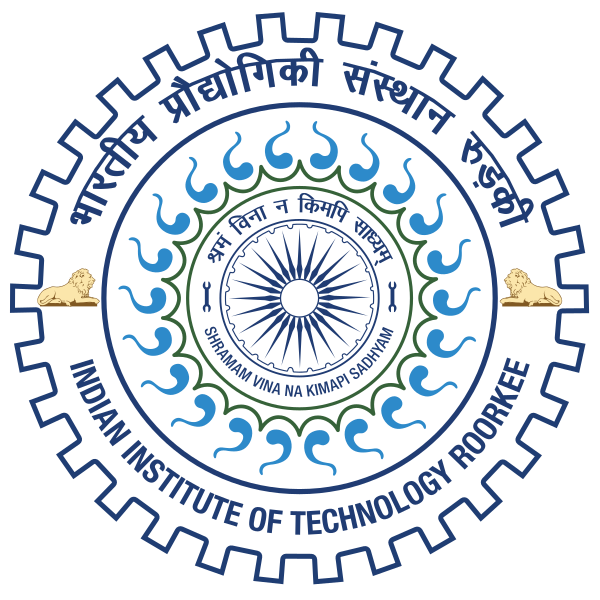Please use this identifier to cite or link to this item:
http://localhost:8081/jspui/handle/123456789/18410| Title: | PILOT-SCALE STUDIES FOR THE TREATMENT OF SUPERNATANT FROM ANAEROBIC DIGESTION OF MUNICIPAL SOLID WASTE |
| Authors: | Soni, Ohm |
| Issue Date: | Jun-2024 |
| Publisher: | IIT, Roorkee |
| Abstract: | The MSW treatment facility in Saligao, North Goa, India, incorporates mechanical biological treatment (MBT) for treating Municipal Solid Waste and has a capacity of 250 tons per day (TPD). The wet waste is processed using an Organic Extraction Unit followed by Thermophillic Anaerobic Digesters. The supernatant generated from the dewatering of anaerobic digestate is treated in 200 KLD SBR. SBR Inlet has an average COD & BOD of 22679 mg/L & 4549 mg/L, which is only reduced to 18670 mg/L & 3551 mg/L respectively. The COD & BOD removal is almost insignificant (15-20 %), and the treated effluent cannot be discharged into the environment. The poor performance of SBR might be due to the smaller capacity of the reactor, lack of pretreatment, and lower capacity of blowers, which causes operating DO from 0.1 to 0.3 mg/L in SBR tanks. Hence, the study aims to apply the suitable post-treatment of SBR effluent to achieve the desired effluent quality for discharge into the environment. One of the most promising technologies is membrane Bioreactor (MBR). MBR with long HRTs and high MLSS operation effectively treated concentrated industrial wastewater and removed recalcitrant COD. MBR with HRT of 10, 20, and 30 days was studied in the study's first phase. • COD removal efficiency of 88% with inlet COD of 18670 mg/L and outlet COD of 2210 mg/L was observed with 10 days HRT. • The % removal efficiency of 94% with inlet COD of 18670 mg/L and outlet COD of 1198 mg/L was observed with 20 days HRT with ambient temperatures of 35 °C. • COD removal efficiency of 94% with inlet COD of 12451 mg/L and outlet COD of 788 mg/L was observed with HRT of 30 days at ambient temperature between 15 to 21 °C. The MBR achieved removal efficiencies of over 90%, but effluent quality failed to meet treated leachate standards. Hence, additional treatments such as activated carbon adsorption, coagulation/flocculation, and sodium hypochlorite oxidation were considered in the study's second phase. |
| URI: | http://localhost:8081/jspui/handle/123456789/18410 |
| Research Supervisor/ Guide: | Tyagi, Vinay Kumar & Kazmi, A. A. |
| metadata.dc.type: | Dissertations |
| Appears in Collections: | MASTERS' THESES (Civil Engg) |
Files in This Item:
| File | Description | Size | Format | |
|---|---|---|---|---|
| 22519007_OHM DHAVAL SONI.pdf | 2.45 MB | Adobe PDF | View/Open |
Items in DSpace are protected by copyright, with all rights reserved, unless otherwise indicated.

